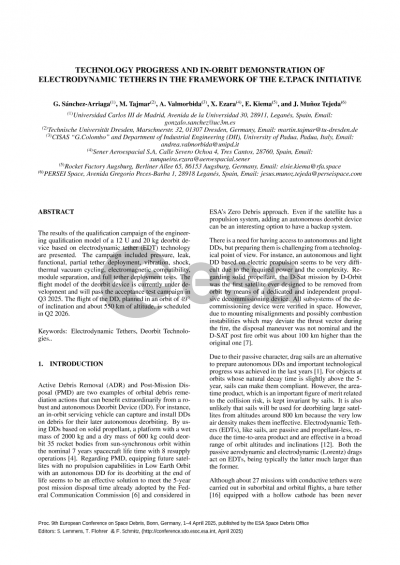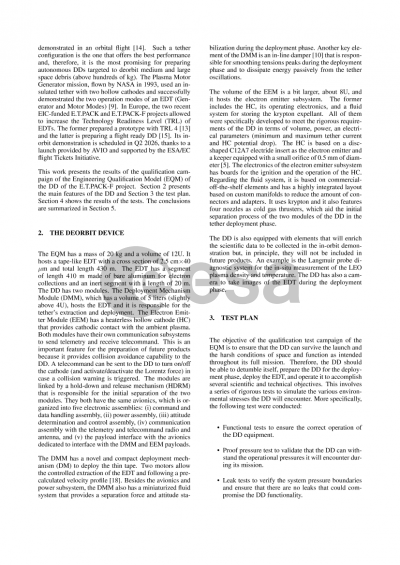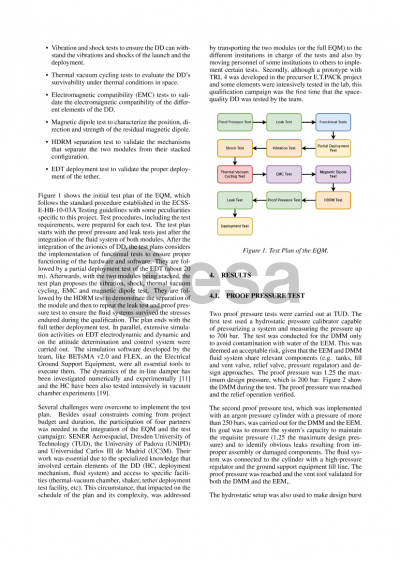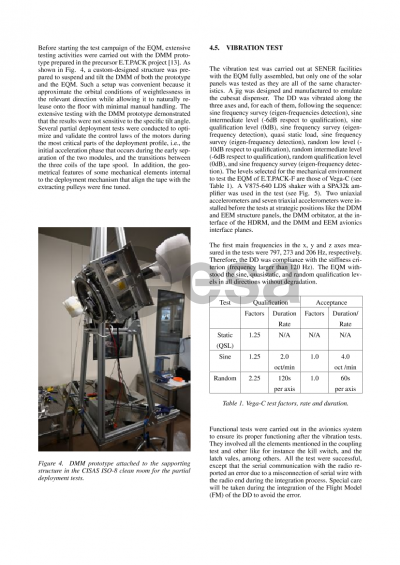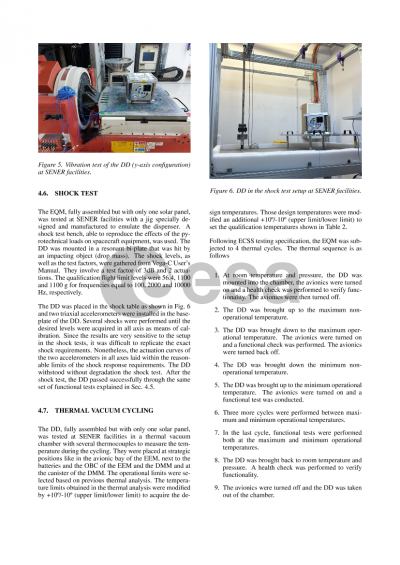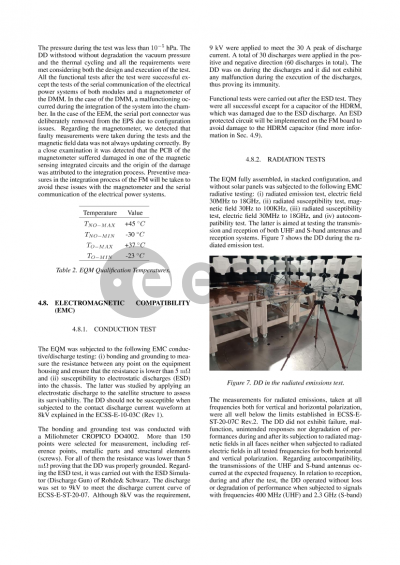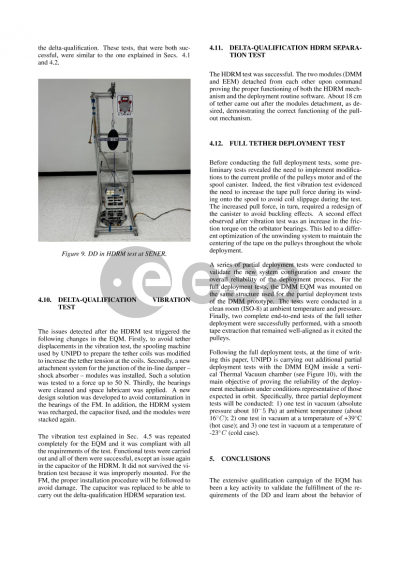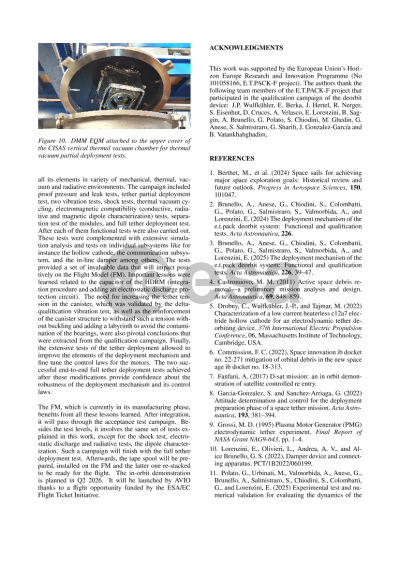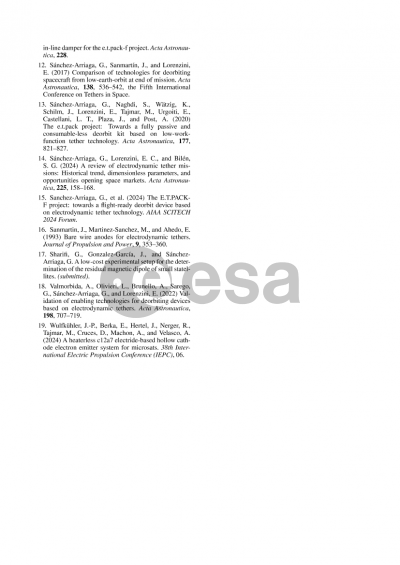Document details

Abstract
Electrodynamic tethers (EDTs), i.e. long in-orbit conductors that exchange momentum and energy with the Earth magnetosphere, are a promising enabler for addressing the new needs of the space sector. Deorbiting of satellites and launcher upper stages at the end of life, active debris removal and in-space transportation services, are some examples of space applications that can benefit from the propellant-free, energy-reversible, and scalable character of EDTs. Since 2019, several projects were implemented in Europe with the goal of increasing the TRL of EDT technology, as well as to create the structures and conditions to prepare products and commercialize them. They also generated a dynamic and interdisciplinary community called the E.T.PACK Initiative that mixes academia and industry. Its main technology progress and roadmap for the in-orbit demonstration and commercialization of EDTs are summarized in this work.
Regarding technology development, a prototype of an autonomous deorbit device with TRL 4 was prepared in the framework of the E.T.PACK project (2019-2022). With a mass of about 20 kg and a volume of 12U, it hosts a tape-like bare EDT with a length of 420 m. The design of the device, including its shape and type of tether and cathode, was mainly driven by future product development and commercialization considerations and targeting the deorbiting of customers with masses in the order of several hundreds of kilograms. The E.T.PACK project was immediately continued by the E.T.PACK-F project (2022-2025) with the goal of increasing the TRL and preparing a flight-ready deorbit device. Besides the general architectural of the deorbit device and the characteristics of its elements (tether, deployment mechanism, electron emitter, attitude determination and control system, and communication system), this work presents the main results of the functional and environmental campaign of its qualification model. The campaign included the following tests: pressure, leak, functional, partial tether deployment, vibration, shock, thermal vacuum cycling, electromagnetic compatibility, magnetic dipole, hold on and release mechanism, and full tether deployment. A summary of the manufacturing, integration and test campaign of the flight model of the deorbit device to be delivered by the end of July 2025 is also presented.
Finally, the technical work that has been carried out to in-orbit demonstrate the deorbit device is discussed. After being selected for an IOD/IOV opportunity in the framework of the EC/ESA-funded Flight Ticket Initiative, the experiment with the deorbit device is expected to be launched in late 2025/early 2026. Its main goal is to in-orbit demonstrate for the first time a bare tether equipped with a hollow cathode and obtain critical data like the voltage-current characteristic of the EDT system.
Preview
